Swedish History Museum
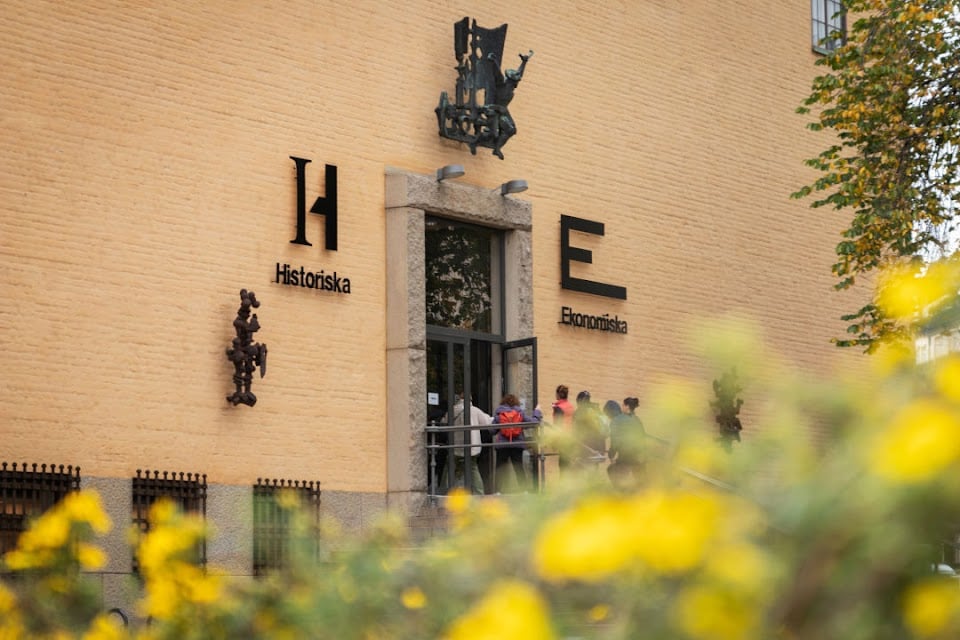
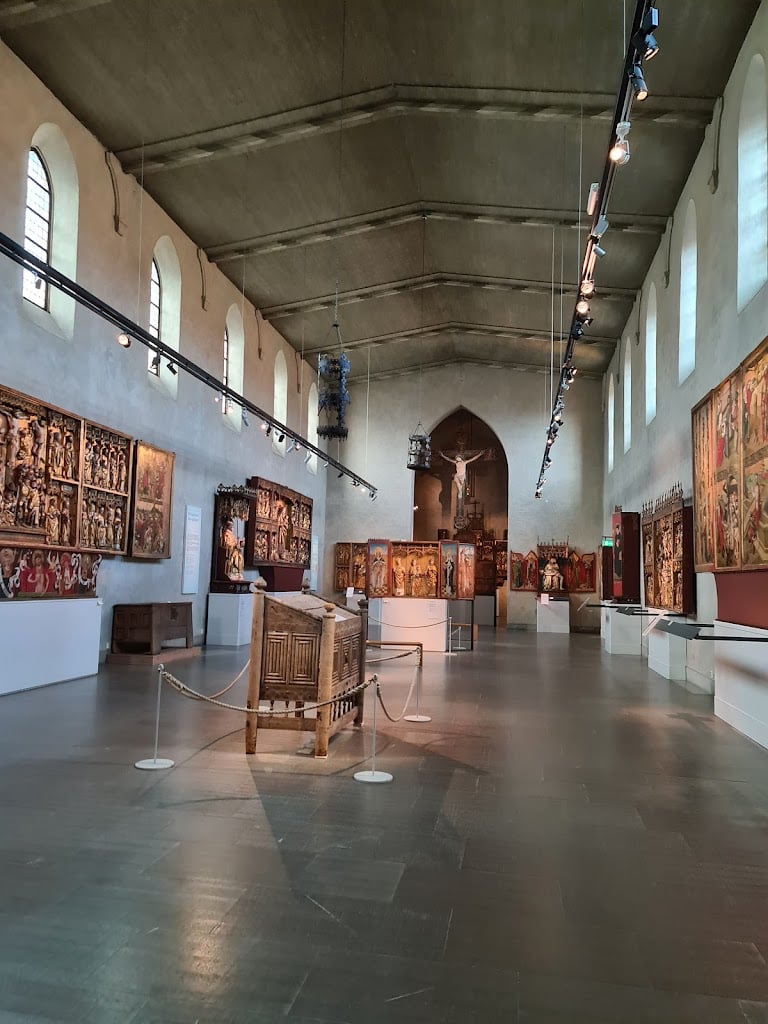
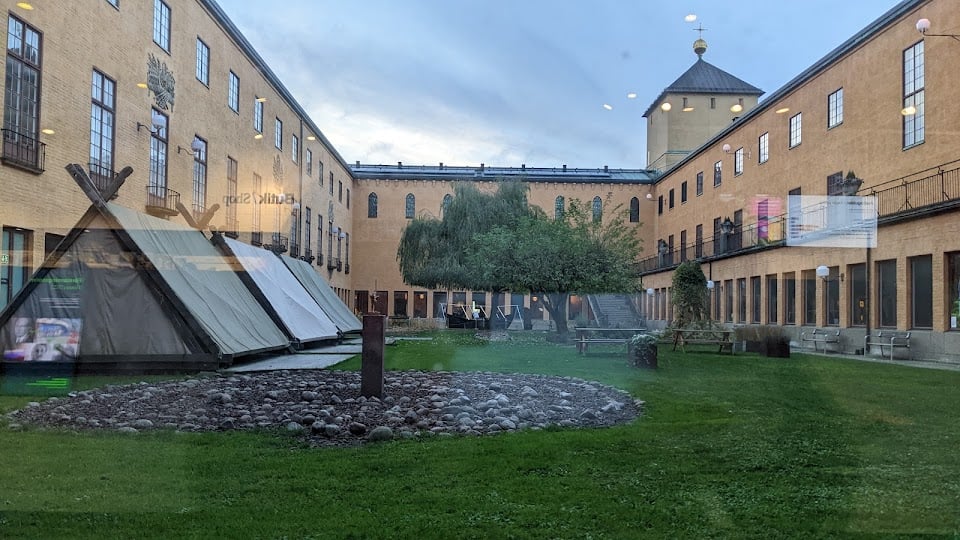
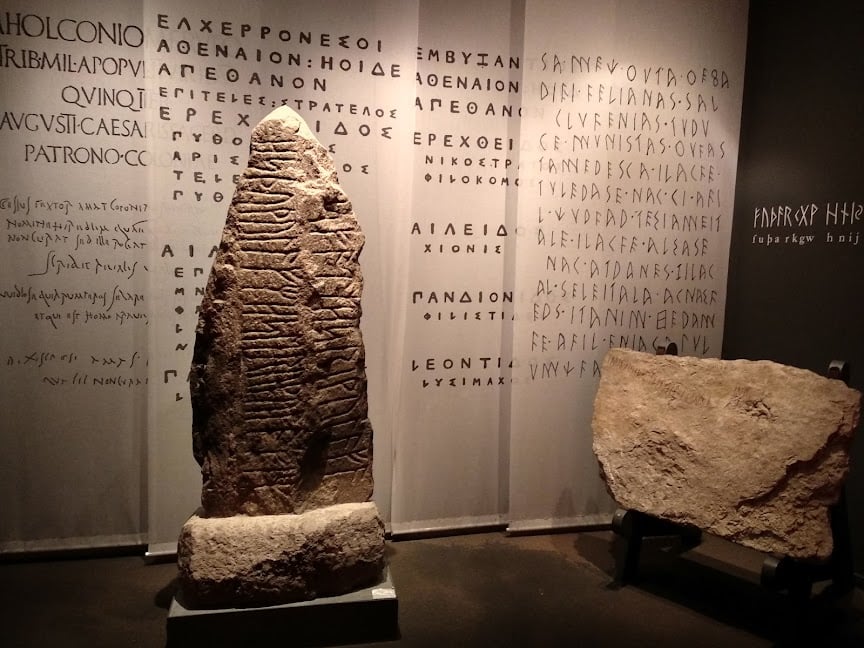
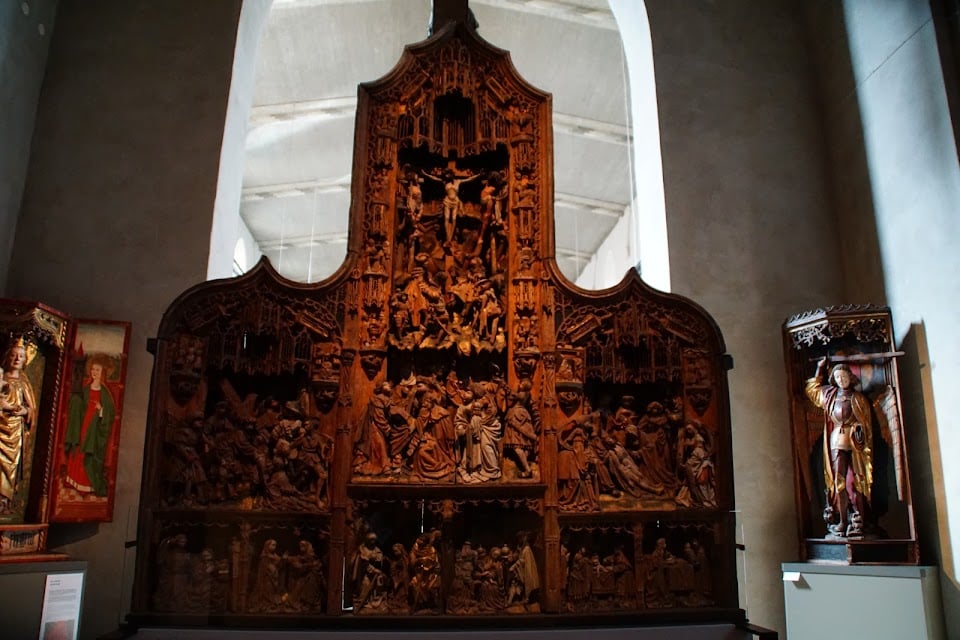
Ask ThatchGPT
Suggest a local expert to plan my trip
Suggest an unique itinerary for my Stockholm trip
What foods do Stockholm locals eat
What are some true hidden gems in Stockholm
Help me brainstorm trip ideas for Stockholm
Help me plan a family-friendly trip to Stockholm
What people say
Pedro Pereira
Available for hire
"Founded in 1866, the museum operates as a government agency tasked with preserving Swedish historical artifacts and promoting public knowledge about history.
The museum's roots trace back to the collections amassed by Swedish monarchs since the 16th century, beginning with King Gustav Vasa's art collection at Gripsholm Castle. Over the years, the collection expanded through acquisitions, gifts, and spoils of war during the Swedish Empire. Some artifacts were lost in the fire that destroyed the Tre Kronor castle, while others were gathered by royal family members and ambassadors during the late 18th century, eventually forming part of the collections displayed at Stockholm Palace.
In 1846–47, the museum was temporarily relocated to the Ridderstolpe House at Skeppsbron before officially becoming the Swedish History Museum in 1866 under the leadership of Bror Emil Hildebrand. The museum initially exhibited its collections within the newly constructed Nationalmuseum, but as the collections grew, the need for a dedicated space became evident.
A prolonged debate about the museum's housing ensued until Sigurd Curman became the head of the Swedish National Heritage Board in 1923, advocating for a permanent solution. In 1929, the Swedish government suggested repurposing former military barracks and stables on Storgatan for the museum. An architectural competition was held in 1930, leading to a design by architects Bengt Romare and George Scherman, which was further developed in collaboration with Curman.
Construction of the museum took place between 1934 and 1939, utilizing government funds allocated to create jobs during the Great Depression. The building, designed by Romare and Scherman, reflects a blend of modern architectural styles with historical influences, creating an imposing structure resembling a fortress. It comprises four block-like buildings surrounding an inner courtyard, characterized by its austere façade adorned with sculptures and reliefs.
A notable feature of the museum is its grand entrance, marked by the Gates of History (Historiens Portar), crafted by Bror Marklund. These bronze doors, weighing approximately 1 ton each and standing 4.5 meters high, depict the history of Sweden from the Stone Age to the Middle Ages, highlighting key figures such as Odin and Ansgar. An unusual detail is the inclusion of a 1950s pilsner bottle on the right-hand door, a nod to the workers involved in its creation."
Nyssa Blake
"The most expansive museum I visited while I was in Stockholm. You'll learn all about prehistory, viking era, the massacre they endured and conversion to Christianity plus more. Also this museum has one of the largest collections of gold artefacts in Europe and this room was simply outstanding."
Read more in:
Emily Varr
Available for hire
"Historiska museet "
Read more in:
Mentioned in these guides
About Swedish History Museum
Get the inside scoop on Swedish History Museum from local experts, travel creators, and tastemakers. Browse genuine trip notes, Swedish History Museum reviews, photos, travel guides, and itineraries from real travelers and plan your trip with confidence.
Website
Phone
Save this spot for later or start mapping out a new trip today
Try our AI Travel Assistant and get instant answers to any questions about your trip.
Ask ThatchGPT


